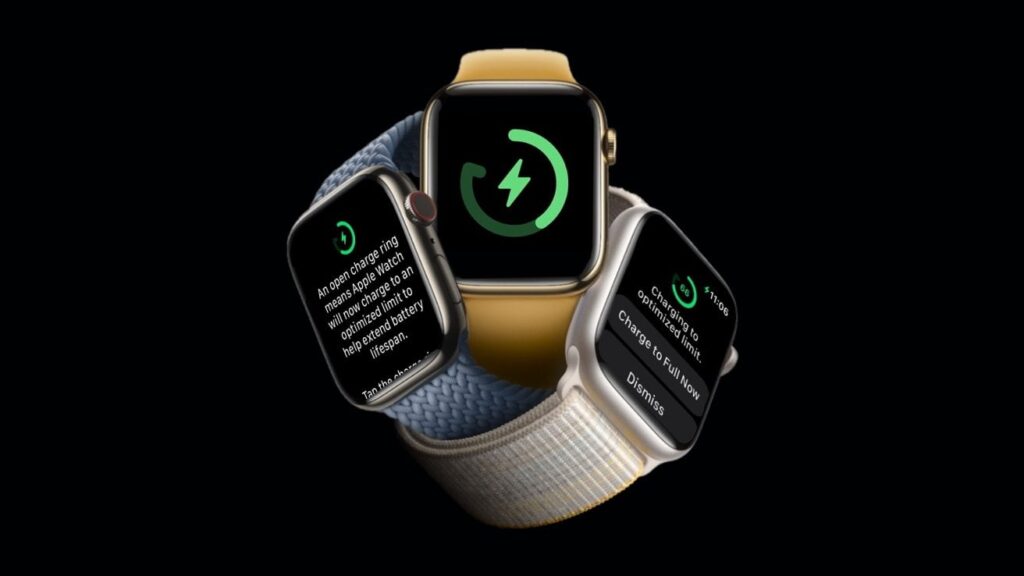Apple’s Next Leap: Energy-Efficient OLED Technology for Apple Watch. Apple is on the brink of introducing a groundbreaking display technology for its forthcoming Apple Watch, aiming to set new benchmarks in energy efficiency and screen performance. This development underscores Apple’s commitment to innovation, particularly in enhancing the user experience while minimizing energy consumption.
Apple TV’s Future: Built-in Camera and Beyond
The tech giant is poised to integrate a novel OLED panel technology into the next iteration of the Apple Watch. This move is designed to significantly reduce the power usage of the device’s always-on display feature, a critical consideration for wearables where battery life is paramount.
At the core of this technological advancement is the adoption of low-temperature polycrystalline oxide (LTPO) thin-film transistor (TFT) technology. This approach represents a leap forward in display manufacturing, offering superior energy efficiency compared to current methodologies.
LTPO TFT technology is characterized by its innovative application of oxide in the TFT layer, coupled with switching transistors positioned behind each pixel. These transistors are crucial for regulating the voltage delivered to the liquid crystal cells, thereby controlling the intensity of light emitted by each pixel with remarkable precision.
Presently, the OLED displays utilized in Apple Watches incorporate LTPO TFT technology but only in a limited capacity, primarily within certain switching transistors. The bulk of the transistors, including the main TFT, are constructed using low-temperature polycrystalline silicon (LTPS) technology.

The transition to using oxide for the main TFT and additional switching transistors signifies a major shift. With oxide taking the helm in managing the current across a majority of the transistors directly connected to the OLED pixels, the technology facilitates reduced leakage current and enhanced stability at lower refresh rates. This, in turn, translates to considerable energy savings.
However, this advancement is not without its challenges. The shift to oxide-based technology complicates the fabrication process of TFT substrates, presenting new hurdles in production.
Industry insiders reveal that LG Display is at the forefront of pioneering this new LTPO OLED technology. Meanwhile, Samsung is reportedly engaged in a development initiative aimed at equipping itself to supply these innovative displays for the Apple Watch by the following year.
Beyond the realm of wearable technology, Apple harbors ambitions to extend the application of LTPO OLED technology across its product lineup, including iPhones. While the iPhone 15 and iPhone 15 Plus currently employ LTPS panels, the iPhone 15 Pro models have already embraced the more sophisticated LTPO panels. These panels support variable refresh rates, showcasing the potential of LTPO technology in enhancing display efficiency and performance.
As Apple continues to refine and expand the use of LTPO OLED technology, it signals a commitment not only to elevating the Apple Watch experience but also to setting new industry standards for display technology. The implications for battery life, display quality, and overall device performance are profound, marking an exciting chapter in Apple’s innovation narrative.
In conclusion, Apple’s venture into new display technology for the Apple Watch epitomizes the company’s pioneering spirit. By prioritizing energy efficiency without compromising on display quality, Apple not only enhances the value proposition of its wearable but also lays the groundwork for future advancements in its broader ecosystem of devices.



